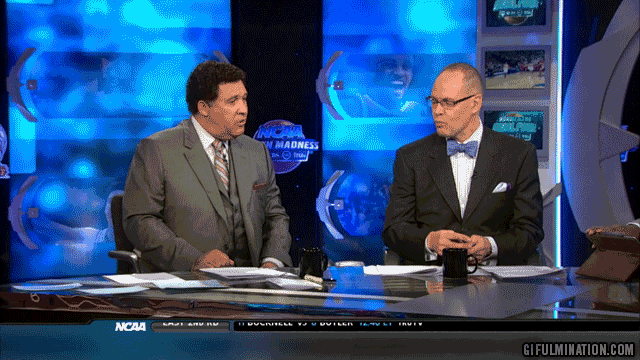Email Etiquette
Email mannerisms can leave big impressions on professors, supervisors, advisors, and coworkers, and as a student at UMass, you can expect you'll send thousands. College is the time for students to blossom into adults, so it’s time to start emailing like one. To receive the timely and clear information you desire from your contacts, there are many things to remember and avoid when writing proper messages. Here’s a list of necessary tips that will transform your messages into irresistible, eye-catching emails.
1. Make sure your subject line is clear and direct
Don't try to be mysterious or humorous; stay on-topic and be concise. The recipient will want to know exactly why you're sending the email. Don't be too vague, either. For example, if emailing a Teaching Assistant about a lab conflict, don't say, "Chemistry 112 Question." Instead, say, "Chemistry 112 Lab Schedule Conflict." The TA will appreciate your direct approach a lot more than one with irrelevant information.
2. Don't use an unprofessional address
Your school email is easy to use, and includes your name, so the contact immediately knows who sent the email. If you're working for a business, a company address is perfectly acceptable, as well. Definitely do not use junk addresses, or any with inappropriate names, such as, "kittenkrusher@..." or, "babygirl@..." You will not be taken seriously, and you will probably not receive a response.
3. Avoid casual, improper greetings
 Don't say "Yo." Don't say "Whaddup." Don't say "Hey, Hey, Hey guys." Be formal and address each recipient with respect. Keep it classy and just use, "Hello _____," or "Mr./Mrs./Dr. ______," Simple and proper salutations are like the virtual business handshake. If you want to be treated like a professional, you have to greet like a professional.
Don't say "Yo." Don't say "Whaddup." Don't say "Hey, Hey, Hey guys." Be formal and address each recipient with respect. Keep it classy and just use, "Hello _____," or "Mr./Mrs./Dr. ______," Simple and proper salutations are like the virtual business handshake. If you want to be treated like a professional, you have to greet like a professional.
4. Watch out for "Reply All"
Nothing is more annoying than having your inbox continuously clogging with emails that don't concern you at all. It's almost too easy to start a small conversation with an unnecessary number of recipients by accident. Professors, bosses, and coworkers do not want to waste time digging through long conversations, trying to figure out if they're actually involved. This happens far too often, so it's your job to keep your eyes peeled and triple-check before hitting "send."
5. Reply to all of your emails
Pay your contacts the courtesy of letting them know you're on the same page. Even a simple, "Thank you," or, "Okay," message will inform them that you've received and seen their message. Also, it's important to reply to emails that weren't intended for you. The sender may not notice that they accidentally sent important information to the wrong person. Notify him so that he may fix the mistake!
6. Don't overuse humor, if any
 Sure, everyone enjoys a good pun now and then, but be very careful if you choose to mix humor into your email. Be sure that your humor is appropriate, and not entirely irrelevant. Don't use too much, either. It can be distracting from the matter at hand, and lead to off-topic, time-wasting tangents.
Sure, everyone enjoys a good pun now and then, but be very careful if you choose to mix humor into your email. Be sure that your humor is appropriate, and not entirely irrelevant. Don't use too much, either. It can be distracting from the matter at hand, and lead to off-topic, time-wasting tangents.7. Proofread, Proofread, Proofread
Typos must not be overlooked! They are easy to catch, and they can change the tone of the email. Spelling and grammatical errors are huge red flags for anyone receiving the email, so make sure you read your whole email backwards and forwards! If you're not confident in your proofreading skills, have a peer look it over. Two heads are better than one!







No comments:
Post a Comment